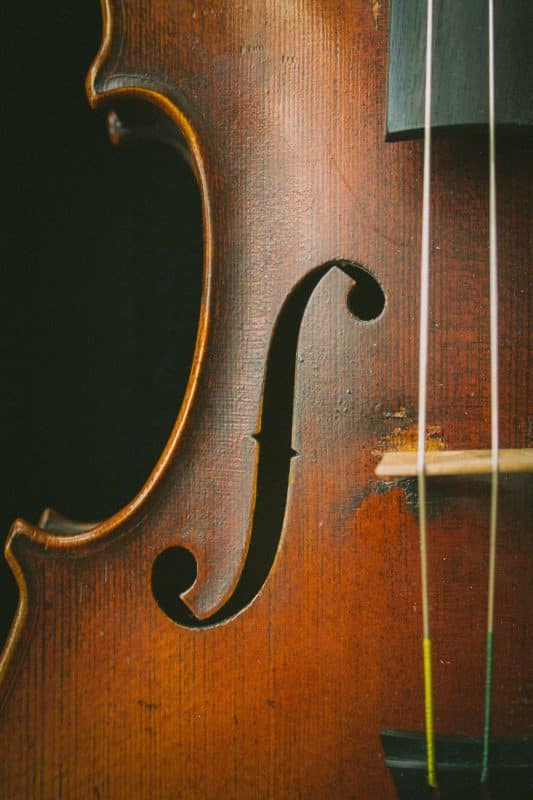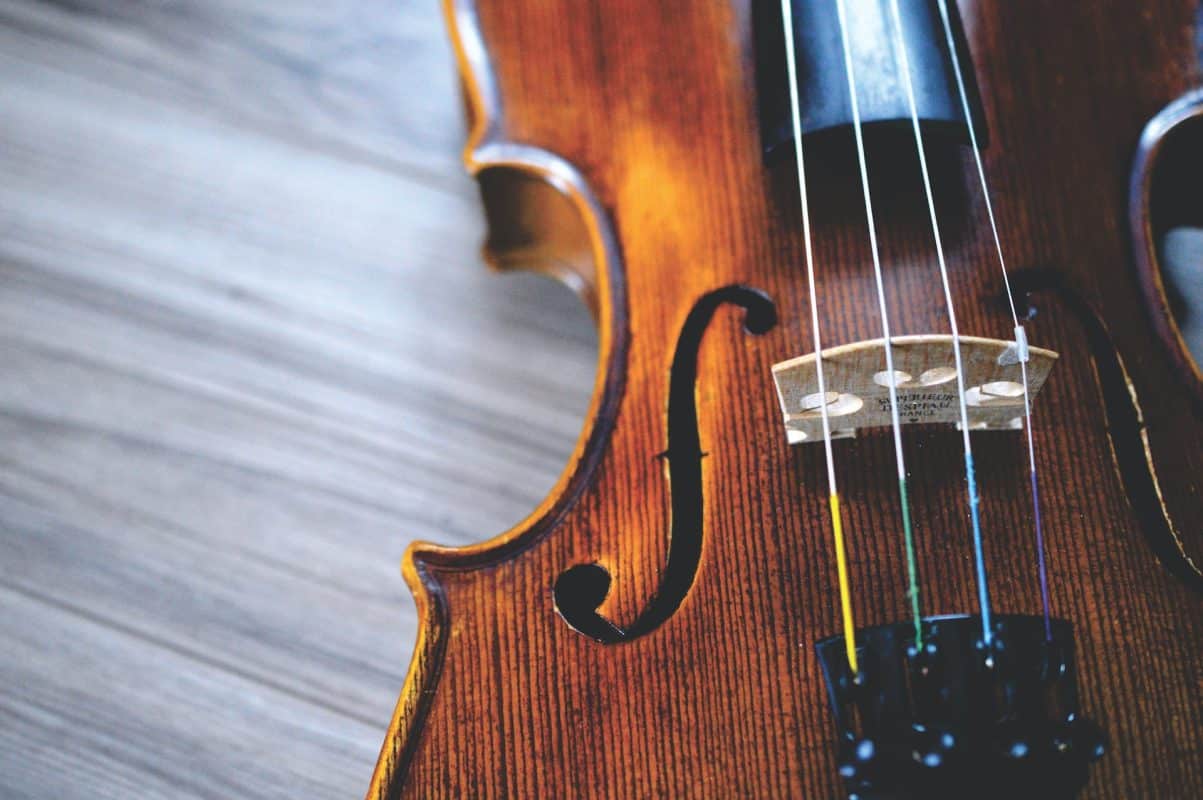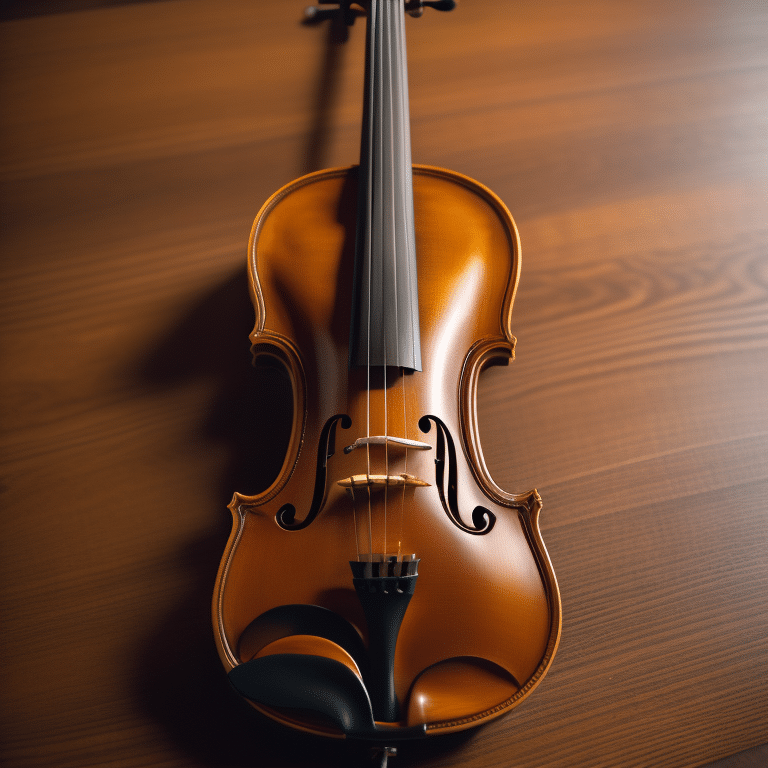As a wedding violinist, the quality of your performance is paramount in creating an unforgettable atmosphere for the special day. Beyond your skill and repertoire, the condition of your violin plays a critical role in delivering the perfect sound. This guide focuses on essential maintenance—specifically, string replacement and care—to ensure your instrument resonates with the beauty and elegance weddings deserve.



Introduction to Violin Maintenance
Understanding the anatomy of your violin and the role of each string is the foundation of good maintenance. Each string on the violin, from the high-pitched E to the deeper tones of G, contributes to the instrument’s overall sound. Knowing which strings correspond to which pegs and how to properly replace and care for them is essential for every wedding violinist.
Identifying and Changing Strings
The process of changing strings might seem straightforward, but it requires attention to detail to maintain the integrity of your instrument. Here’s a breakdown of how to correctly identify and replace strings on your violin:
- String Identification: Starting from the bottom right peg and moving counterclockwise, the strings are ordered E, A, D, and G for violins, with violas adjusting for their A, D, G, and C strings. This arrangement is crucial for maintaining the balance and sound quality of your instrument.
- Removing Old Strings: When replacing a string, always change them one at a time to preserve the tension balance across the bridge. This prevents damage and ensures the bridge remains correctly positioned.
- Applying New Strings: Before installing a new string, use graphite from a pencil to lubricate the grooves on the bridge and nut. This small step can prevent premature wear and breakage.
- Tuning New Strings: After installing a new string, tune it gradually to the correct pitch, avoiding excessive tension that could damage the string or the instrument.
Special Considerations for E Strings
Changing the E string on a violin involves additional precautions. Unlike the other strings, the E string often comes with a fine tuner and may have a loop or ball end. Understanding how to handle these components is essential for a smooth replacement process and to achieve the desired sound quality.
Maintaining String Health
Regular maintenance extends beyond changing strings. Monitoring the condition of your strings, pegs, bridge, and the body of the violin can prevent issues that might affect your performance. Here are a few tips:
- Regular Cleaning: Wipe down your strings and violin after each use to remove rosin buildup and moisture.
- Climate Considerations: Protect your violin from extreme temperatures and humidity changes, which can affect tuning stability and string longevity.
- String Rotation: Rotate your strings periodically to ensure even wear and prolong their life.
Final Thoughts
For wedding violinists, the instrument is more than just a tool; it’s a partner in creating moments of beauty and emotion. By mastering the basics of string replacement and care, you ensure your violin can deliver its best performance every time. Remember, the magic of a wedding performance lies not just in the notes played but in the quality of the sound produced. Take the time to care for your violin, and it will serve you well in every heartfelt performance you give

